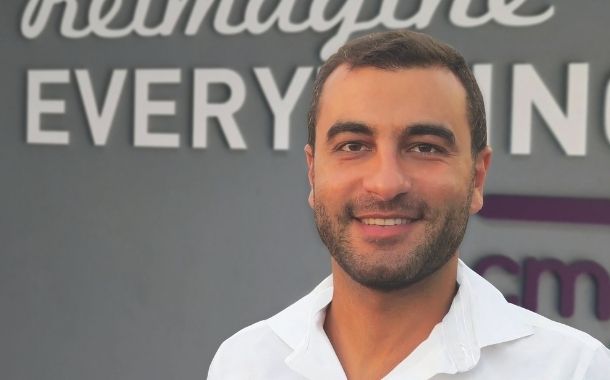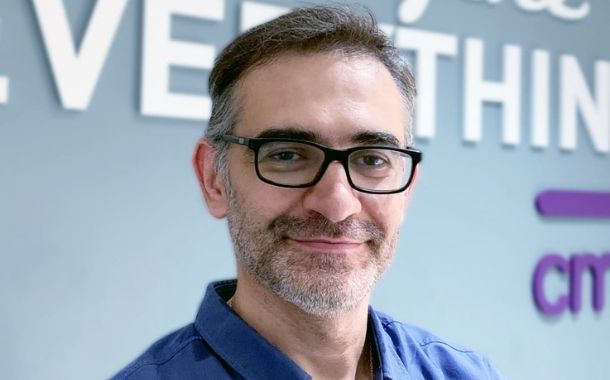The main digital transformation acceleration drivers are customer experience and user behaviour. For example, in retail, user behaviour changed from buying in-store to online. Even in insurance, where online sales were never intended, online sales are multiplying.
Some businesses also changed strategies because their business model wasn’t working anymore. They had to create new business models by leveraging technology in the short-to-mid-term. Meanwhile, the long-term impact is related to two things: operational efficiency and risk mitigation. It’s more about optimising internal operations and increasing risk-related investments. Cyber security has also been a big transformation driver.
Those roles that nurture agile mindsets in companies are an investment that makes them competitive in the market
Widespread restructuring will happen. Not just at the department level, but at the role level; new roles are needed to embrace agility and nurture the agile mindset among teams. It’s not only related to technology. It’s a company-wide shift. There are plans every month to review, adjust and continue.
Targets are moving as one progresses, meaning goals are sometimes closer, and one can see the outcome quicker. Those roles that nurture agile mindsets in companies are an investment that makes them faster, equips them with more flexibility to adapt to disruption, and ensures they are competitive in the market.
If creating value is the objective, one should build rather than buy
Today’s culture of innovation and outsourcing is a primary factor deciding which technologies are being prioritised within regional enterprises. This is driving in-house innovation cultures and design teams to be prepared for innovation and change.
Targets are moving as one progresses, meaning goals are sometimes closer, and one can see the outcome quicker
In terms of outsourcing, the big question is the buy vs. build concept; what to buy and what to build internally. For those unsure, several points should be considered as part of the thinking process. If creating value is the objective, one should build rather than buy. However, those with a commodity should purchase a system already created that can be tested and implemented quickly.
Enterprises and decision-makers should be ready to reinvent themselves and diversify when necessary, whether in technologies, business levels, geographies, industries, or portfolios of products. This is what protected CME and was the biggest lesson learned during COVID-19. Another important lesson: businesses must focus on employee well-being.
Today’s culture of innovation is a primary factor deciding which technologies are being prioritised within regional enterprises
It’s clear how much health has an impact on the productivity of teams. The onus is on every company to build healthier and more engaged employees, which strengthens the culture and fosters a collective sense of purpose while minimising health-related risks, such as succession planning that became prominent following the pandemic’s outbreak.
Carbon emissions are decreasing with digital transformation acceleration and the shared economy, while paperwork and energy consumption will also subside through digitalisation. Tools available today also enable people to perform transactions from any place, reducing transportation carbon emissions.
If building a commodity, purchase a system already created that can be tested and implemented quickly
And with hybrid work models, there’s better space sharing and energy utilisation. Software working on servers and the cloud still need energy, but carbon emissions are decreased thanks to the shared economy, with energy subsequently redirected. The same applies to cloud. Rather than many being involved with data centres, there is one optimised data centre that drives work and lowers carbon footprints.
























